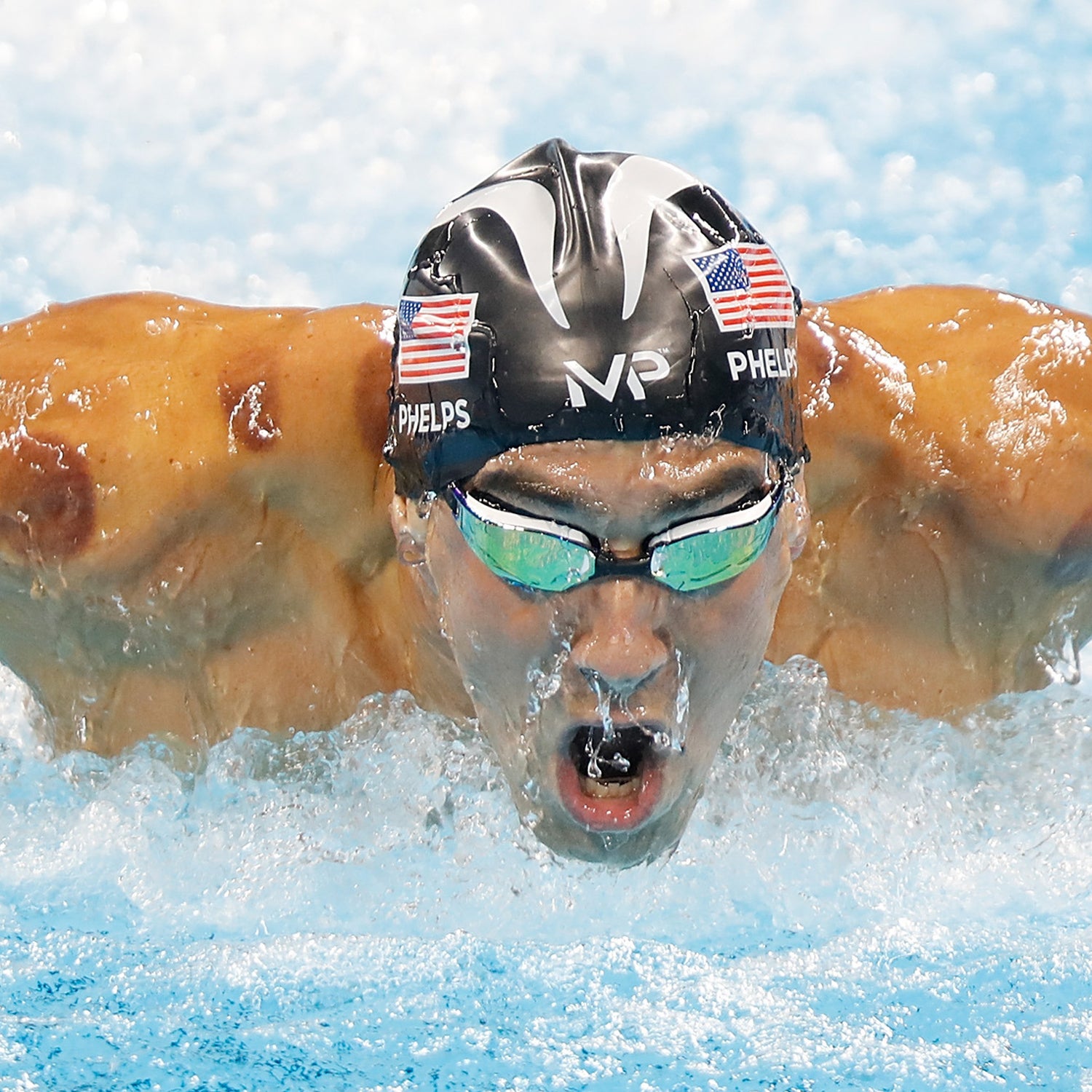While Michael Phelps may have made headlines last week for adorning his shoulders and back, various methods of Eastern medicine—from acupuncture to massage and Tui na bodywork—have been used by Team USA for decades. In the 2016 games alone, a number of high-profile athletes have used alternative techniques to stay healthy through the demands of the Games.
“Sports medicine has a culture of educational exchange,” says , the athlete care coordinator for USA Gymnastics, who explains that medical practitioners from around the world often share different treatment approaches while at the Games. “These techniques have a rich history of use in other countries, dating back hundreds of years.”
Though few studies have clinically determined whether different types of Eastern medicine—a healing practice based on traditional Chinese methods of treatment and prevention—is effective in reducing pain and speeding up recovery in athletes, Kruse says that the anecdotal evidence speaks volumes to the overall benefits. “These techniques are generally well respected,” he says.
For some athletes, this targeted therapy can make all the difference in their sustainability as a competitor.
According to Kruse, it’s all about finding what works for each individual athlete. “We use a combination of Western and Eastern soft tissue treatment techniques. These include general soft tissue flushing and massage, trigger point techniques, active release, as well as acupuncture, dry needling, and cupping,” he says. “We are fortunate to have access to newer recovery technologies and machines.”
Because athletes respond differently to various treatments, trainers will develop a specific combination of treatments for each individual well before a major competition. Eastern techniques are often used in tandem with things like electrical muscle stimulation (EMS), Normatc boots, and Kinesio tape. Then if things flair up during the Games, trainers can hone in on what works best based on an athlete’s history. “In the end, we do not use Eastern techniques for all of our athletes, but we do for many of them,” says Kruse.
Many of these techniques are used for recovery. Cupping, for instance, applies negative pressure to a sore area to pull lactic acid away from the muscles—a form of myofacial release. Acupuncture targets trigger points where muscles have knotted up. “Muscle moves bone,” says Bret Moldenhauer, an acupuncturist who accompanied Olympian DeeDee Trotter to the London Olympics in 2012. “If that range of motion is messed up, I’ll go in and release those trigger points so that the body moves better.”
For some athletes, this type targeted therapy can make all the difference in their sustainability as a competitor. Trotter was about to retire when she met Moldenhauer in 2010; a nagging injury and unproductive rehab had sidelined her after the 2008 Olympics. The Tennessee-based acupuncturist started working with her in the lead up to the 2012 London Games and her performance improved dramatically. “Other athletes wanted to know what Trotter was doing differently,” says Moldenhauer. He now works with athletes ranging from Tyson Gay to Lolo Jones.
At this year’s Olympics, Phelps is not alone in his use of cupping. Gymnast Alexander Naddour, swimmer Natalie Coughlin, and 400 Meter runner LaShawn Merritt are all advocates of the treatment. “For some athletes,” says Kruse, “cupping is the only modality that creates deep mobilization of tissue that they need.”
Still, despite athlete's testimonials, the science behind many of these techniques—from cupping to kinesio tape—is pretty thin. But many studies have shown that even a placebo effect can make a difference in performance. So while the debate about the best forms of recovery is far from settled, if it seems to work for an athlete and isn't harmful, trainers are likely to keep doing it.
Moldenhauer likes working with athletes because they are very goal driven, and they see Eastern medicine as a tool to accomplish those goals. Unlike the patients he sees who simply want something fixed, he says that athletes are open minded and have a more proactive approach to everything they do, including treatment. “I like being able to help people realize their dreams,” he says.


